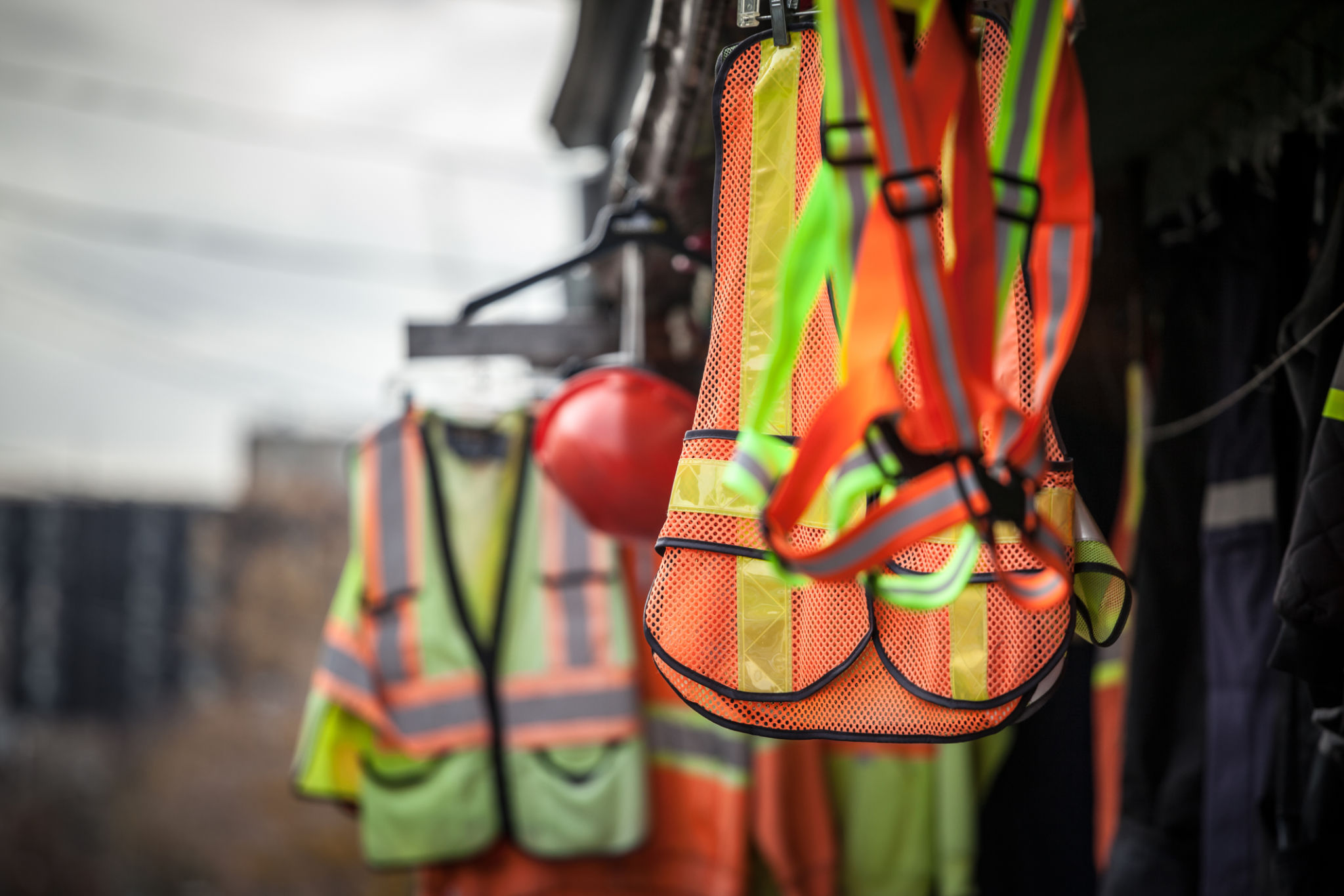The Ultimate Guide to Residential Scaffolding in South Australia
Understanding Residential Scaffolding
When undertaking home renovations or building projects in South Australia, having a reliable scaffolding system is crucial. Residential scaffolding provides a safe and efficient way for workers to access hard-to-reach areas, ensuring that tasks are completed with precision and safety. Whether you're painting your house exterior or installing solar panels, scaffolding offers the support needed to get the job done right.

Choosing the right type of scaffolding for your project involves understanding the various options available. Common types include suspended, supported, and rolling scaffolds. Each type serves different purposes and comes with its own set of benefits and limitations. It's important to assess your specific project needs before making a decision.
Types of Residential Scaffolding
Supported scaffolding is the most commonly used type for residential projects. This system is built from the ground up and is perfect for tasks like bricklaying or siding installation. Suspended scaffolding, on the other hand, is ideal for painting or window cleaning, as it hangs from the roof. Lastly, rolling scaffolding offers mobility and is excellent for projects that require frequent repositioning.

Safety Considerations
Safety is paramount when it comes to using scaffolding. Always ensure that the scaffolding is erected by skilled professionals who adhere to industry standards. Regular inspections should be conducted to check for any signs of wear and tear or instability. Workers must be equipped with appropriate safety gear, including helmets and harnesses, to prevent accidents.
Additionally, it's crucial to be aware of weather conditions. High winds and rain can compromise the stability of scaffolding, increasing the risk of accidents. Always plan your work schedule around favorable weather conditions to ensure maximum safety.
Regulations and Compliance
In South Australia, residential scaffolding must comply with specific regulations set by local authorities. These regulations are designed to ensure the safety of both workers and residents. It's essential to familiarize yourself with these rules and secure necessary permits before commencing any project. Non-compliance can lead to hefty fines and project delays.

Working with a professional scaffolding company can help navigate these regulations efficiently. These experts not only provide high-quality equipment but also ensure that your project adheres to all legal requirements, giving you peace of mind throughout the construction process.
Cost Considerations
The cost of scaffolding can vary based on several factors such as the type of scaffolding, project duration, and complexity. While it might be tempting to cut costs by opting for cheaper solutions, investing in quality scaffolding ensures safety and efficiency, potentially saving money in the long run by reducing the risk of accidents or project delays.
Some companies offer rental options, which can be more economical for short-term projects. Be sure to request quotes from multiple providers to find a solution that fits your budget while meeting all safety standards.
Conclusion
Residential scaffolding is an essential component of any home renovation or construction project in South Australia. By understanding the different types available and adhering to safety regulations, you can ensure a successful and secure project completion. Whether you're a DIY enthusiast or a professional contractor, prioritizing quality and safety in your scaffolding choice is key to achieving optimal results.
